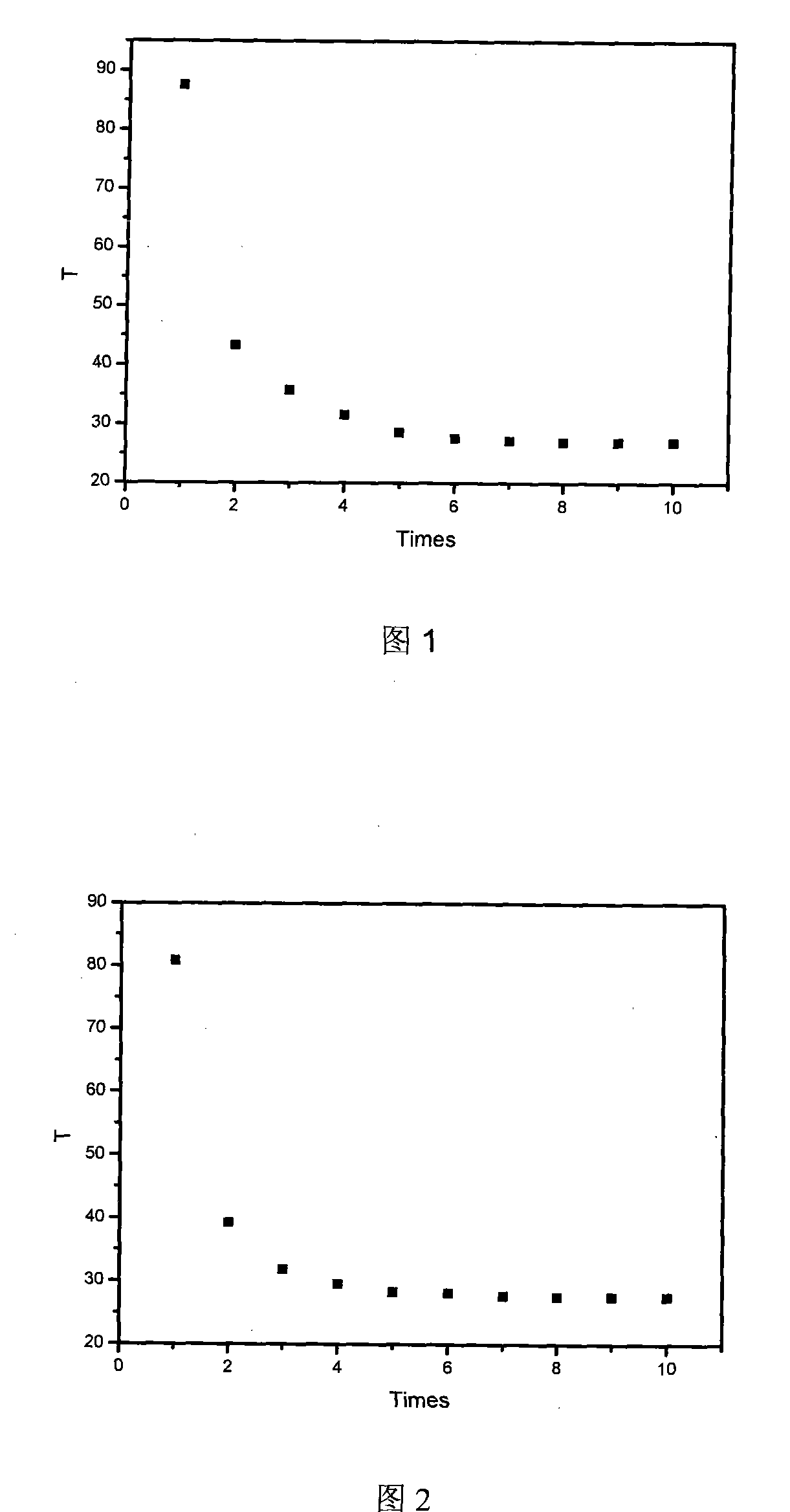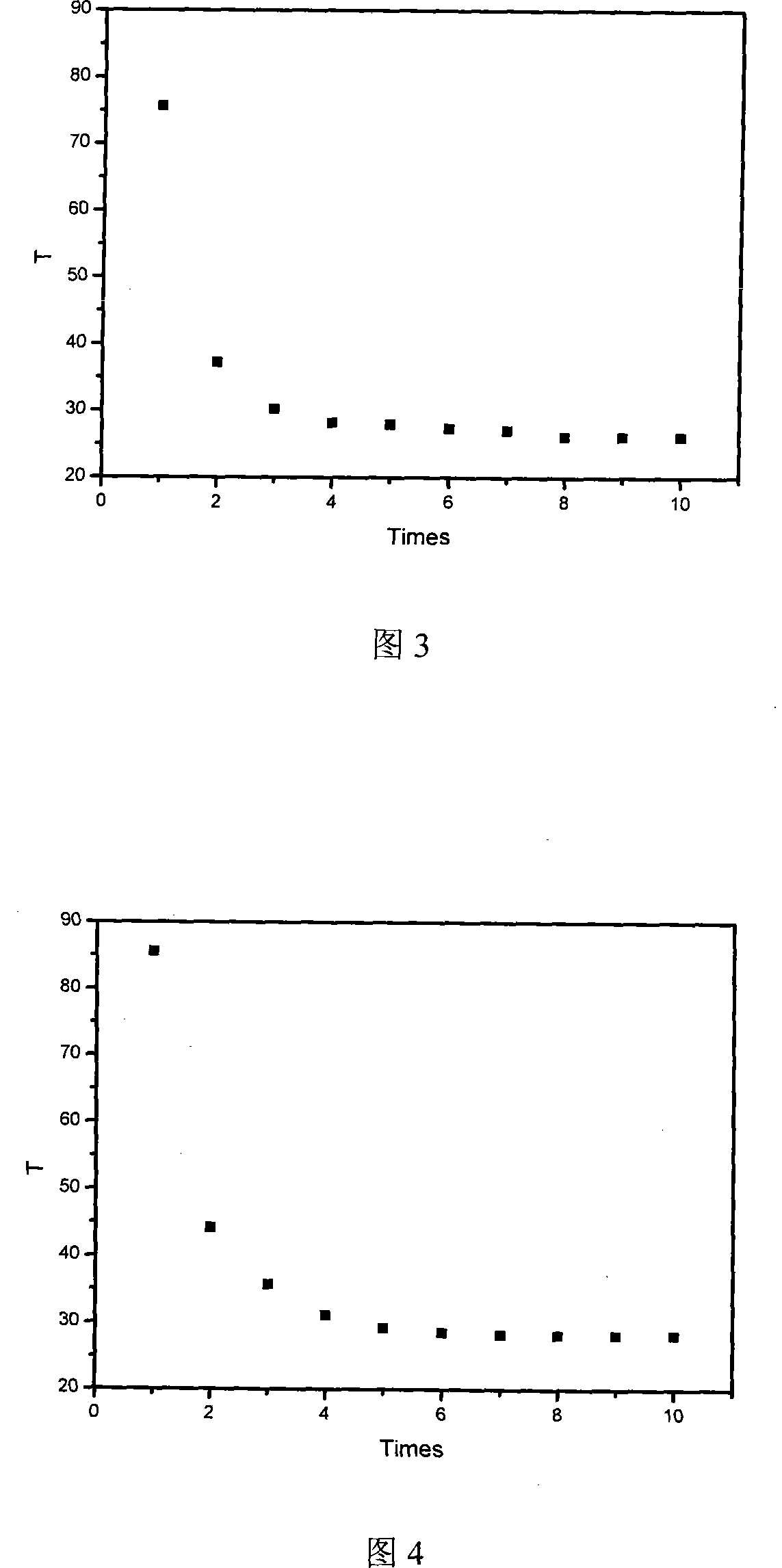Transmittance detection method for photochromic translucent material before and after color alteration
A light-transmitting material and photochromic technology, applied in the field of optics
- Summary
- Abstract
- Description
- Claims
- Application Information
AI Technical Summary
Problems solved by technology
Method used
Image
Examples
Embodiment 1
[0034] Also take out a resin lens without discoloration, and use the method of 2 times per second to test the transmittance of the sample after complete discoloration, and the number of tests is 10 times. like figure 2 , using our test results are 27.56%.
[0035] Example 2:
Embodiment 2
[0037] Also take out a piece of resin lens without discoloration, and use the method of 2 times per second to detect the transmittance after the complete discoloration, and the number of tests is 10 times. get image 3 , the result of the test is 26.12%.
[0038] Example 3:
Embodiment 3
[0040] Similarly, for a piece of resin lens without discoloration, use the method of 2 times per second to detect the transmittance of the sample after complete discoloration, and the number of tests is 10 times. like Figure 4 , using our test results were 28.15%.
PUM
| Property | Measurement | Unit |
|---|---|---|
| thickness | aaaaa | aaaaa |
| thickness | aaaaa | aaaaa |
Abstract
Description
Claims
Application Information
 Login to View More
Login to View More - R&D
- Intellectual Property
- Life Sciences
- Materials
- Tech Scout
- Unparalleled Data Quality
- Higher Quality Content
- 60% Fewer Hallucinations
Browse by: Latest US Patents, China's latest patents, Technical Efficacy Thesaurus, Application Domain, Technology Topic, Popular Technical Reports.
© 2025 PatSnap. All rights reserved.Legal|Privacy policy|Modern Slavery Act Transparency Statement|Sitemap|About US| Contact US: help@patsnap.com



